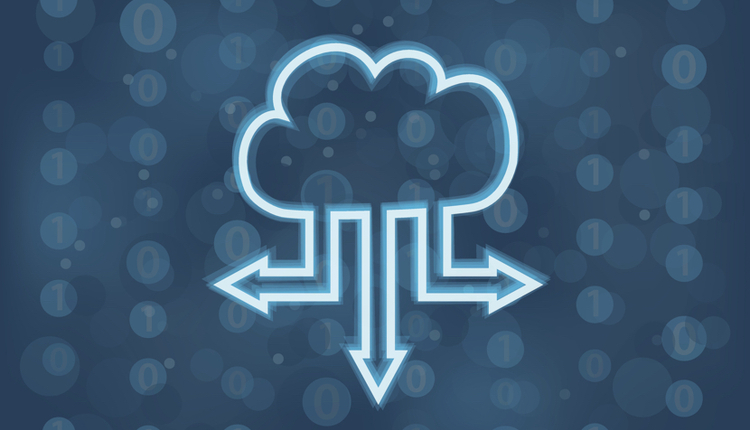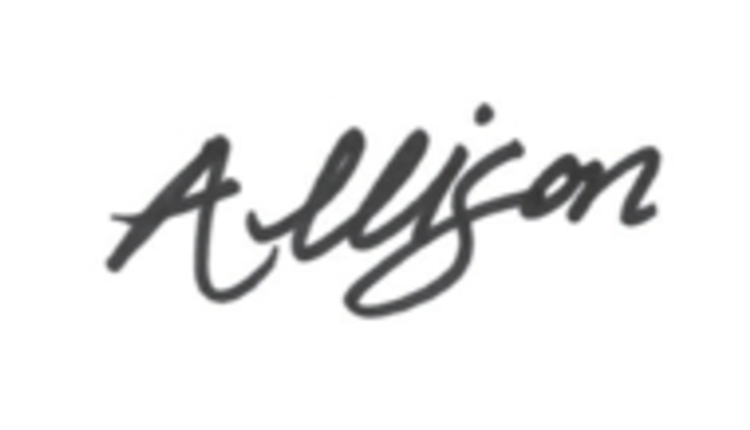
I recently read an opinion piece in Advertising Age, written by Bank of America Marketing Executive Meredith Verdone, that points out millennials (ages 18 to 35 years)—more than 75 million strong—will become the largest living generation this year. Millennials will spend approximately $1.3 trillion annually, so they are rightfully garnering a lot of attention from companies (including Bank of America) who are looking for ways to be relevant to them.
The thought is that millennials differ from the "baby boomers," the former most populous group, in part because they are true digital natives, are more likely to be influenced by their friends than institutions, are used to having a multitude of choices about everything and demand authenticity and personal involvement. While all that may be true, there is at least one thing millennials have in common with baby boomers—a keen sense of individuality. If the boomers were the "Me" generation, the millennials are staking their ground as the more tech-savvy "Selfie” generation.
The similarities between boomers and millennials when it comes to individuality—or wanting to blaze their own path—exposes a real problem when we talk about generational characteristics. The problem is that while many of the characterizations about millennials ring true in general, at heart, every generation is made up of individuals. You can't communicate with a generation, only with people.
The problem is that while many of the characterizations about millennials ring true in general, at heart, every generation is made up of individuals.
We've been talking about the need for personalization in our customer communications for more than a decade now, and certainly, what we know about the selfie generation's preferences may influence how we use technology to communicate with them, but it doesn't tell us what to say. That depends on what they are saying to us about their individual lives, interests and expectations. In other words, we need to listen.
In order to hear what members of the selfie generation are saying, and respond to them authentically and at the incredible speed with which everything moves in their lives, companies simply have to move their communication technologies closer to the people dealing directly with customers. Those in our organizations in the best position to listen to them need the tools required to respond effectively as well. True personalization can't be faked or generalized anymore; it needs to be (and should be) authentic and meaningful.
We know the history of the baby boomers. While their individuality has never really waned, it did change. For boomers, the distrust for institutions, which the selfies now exhibit, morphed into becoming part of "the system." Over time, love beads were exchanged for neckties and VW wagons were traded in for Beemers. Of course, this all happened in different ways and at different times.
Who knows if the selfie generation will follow suit or set out on a different path. One thing we do know is that they are on the move—no generation before them has been anywhere near as mobile. But wherever their interests take them, businesses that want to be relevant better be ready to respond with communications that are immediate and on point to their evolving needs and concerns. We're starting to get a glimpse of the new reality the selfie generation is ushering in. Snap a picture, if you like. In the end, however, what matters is what’s relevant to the individual. “Selfie” and “Me” really do mean the same thing.
Nick Romano specializes in business process reengineering for enterprises migrating to new document delivery solutions. His primary expertise is on implementing messaging and personalization strategies, workflows and ROI tracking. He is a popular international speaker on the implementation of successful document solutions, with topics ranging from design, messaging and personalization to shop floor automation and advances in document delivery. He is a graduate of McMaster University in Hamilton, Ontario with a bachelor's degree in engineering and management. Follow him on Twitter @nickrprinova.






















